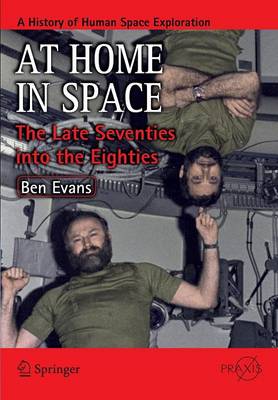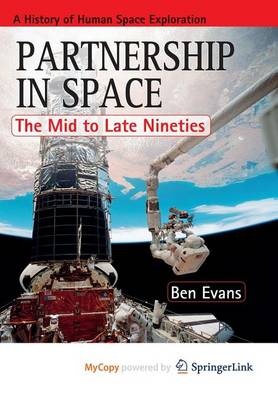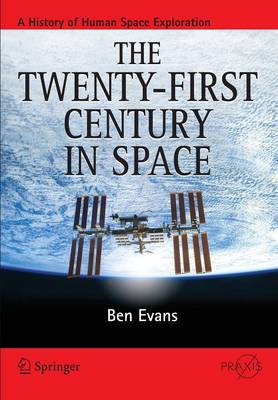Space Exploration
5 total works
"Partners in Space" focuses on the early to late 1990s, a time in the post-Soviet era when relations between East and West steadily - though not without difficulty - thawed and the foundations of real harmony and genuine co-operation were laid for the first time with Shuttle-Mir and the International Space Station. This book explores the events which preceded that new ear, including the political demise of Space Station Freedom and the consequences of the fall of the Soviet Union on a once-proud human space program. It traces the history of "the Partnership" through the often traumatic times of Shuttle-Mir and closes on the eve of the launch of Zarya, the first component of today's International Space Station.
To commemorate the momentous 50th anniversary of Yuri Gagarin’s pioneering journey into space on 12th April 2011, a series of five books – to be published annually – will explore this half century, decade by decade, to discover how humanity’s knowledge of flying, working and living in space has changed. Each volume will focus not only upon the individual missions within ‘its’ decade, but also upon the key challenges facing human space exploration at specific points within those 50 years: from the simple problems of breathing and eating in space to the challenges of venturing outside in a pressurised spacesuit and locomotion on the Moon.
The first volume of this series will focus upon the 1960s, exploring each mission from April 1961 to April 1971 in depth: from the pioneering Vostok flights to the establishment of the first Salyut space station and from Alan Shepard’s modest sub-orbital ‘hop’ into space to his triumphant arrival at the Moon’s Fra Mauro foothills almost a decade later.
This final entry in the History of Human Space Exploration mini-series by Ben Evans continues with an in-depth look at the latter part of the 20th century and the start of the new millennium. Picking up where Partnership in Space left off, the story commemorating the evolution of manned space exploration unfolds in further detail. More than fifty years after Yuri Gagarin’s pioneering journey into space, Evans extends his overview of how that momentous voyage continued through the decades which followed.
The Twenty-first Century in Space, the sixth book in the series, explores how the fledgling partnership between the United States and Russia in the 1990s gradually bore fruit and laid the groundwork for today’s International Space Station. The narrative follows the convergence of the Shuttle and Mir programs, together with standalone missions, including servicing the Hubble Space Telescope, many of whose technical and human lessons enabled the first efforts to build the ISS in orbit. The book also looks to the future of developments in the 21st century.




